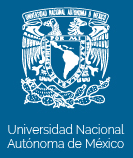Head of Department: Dr. Alexis Aguilar Arevalo
Department Secretary
Trinidad Ramirez Trejo
no_spam@nucliades.unam.xmri
Ext. 4690
Tel: +(52) (55) 5622 4690
Fax: +(52) (55) 5622 4693
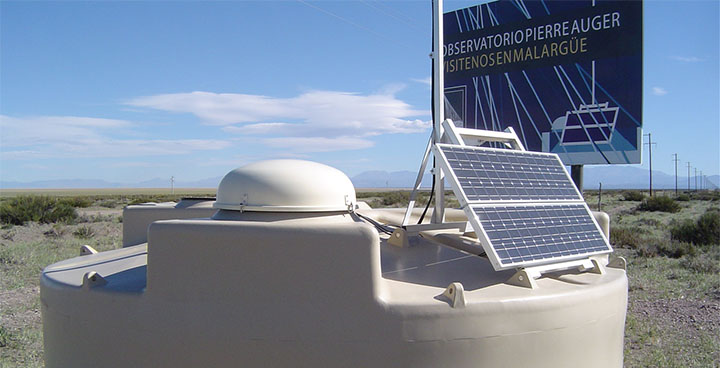
Department description
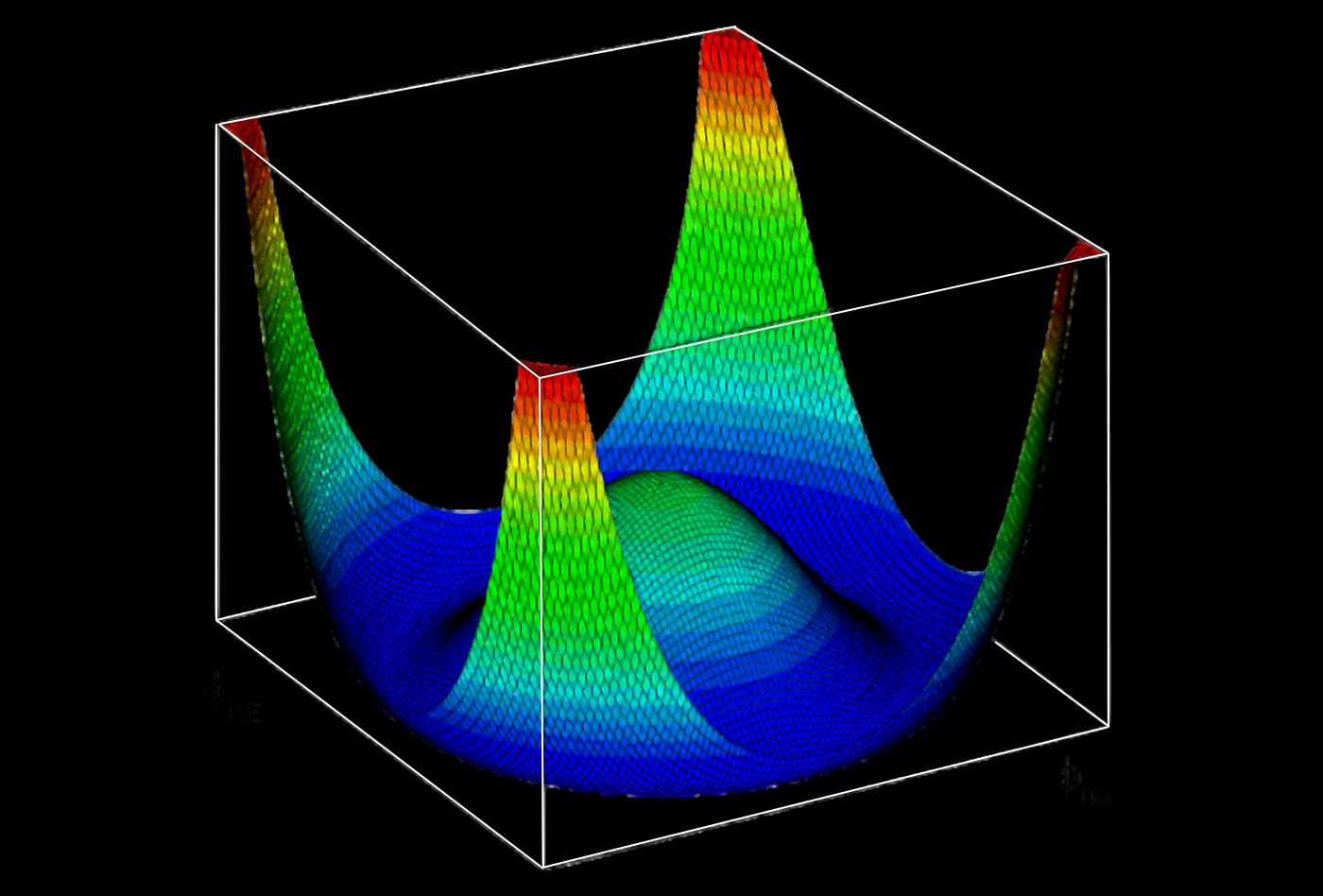
Summary of research lines
International collaborations in ongoing experiments
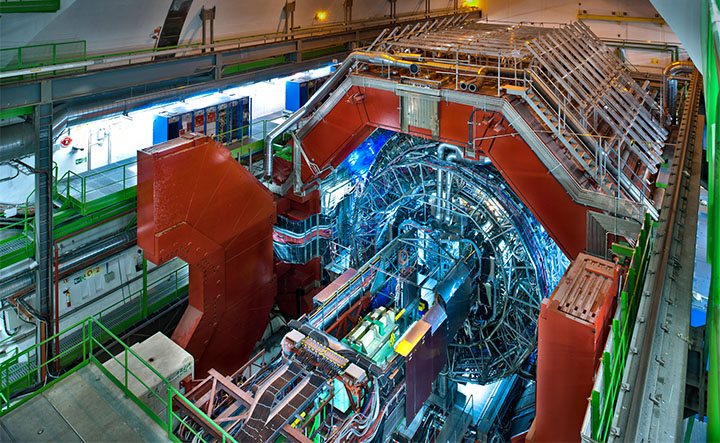
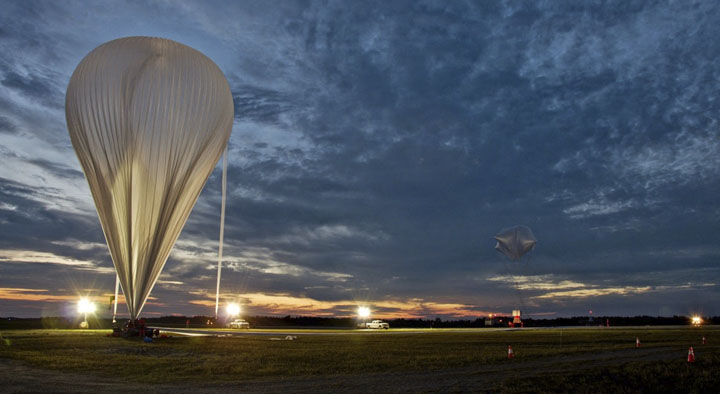
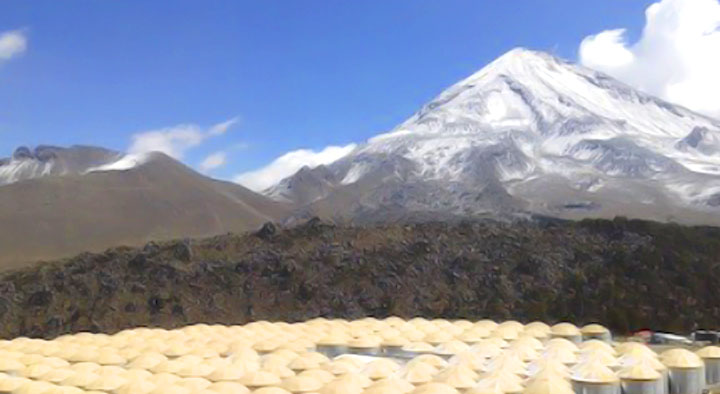
International collaborations in experiments in development phase
International collaborations in experiments in planning phase
Colateral benefits and technology transfer
UNAM COMMUNITY
- Office for the Defense of University Rights
- UNAM Emergency: 56160914 ó 56220140
- PUMA Reaction: 56226464 ext 26464
